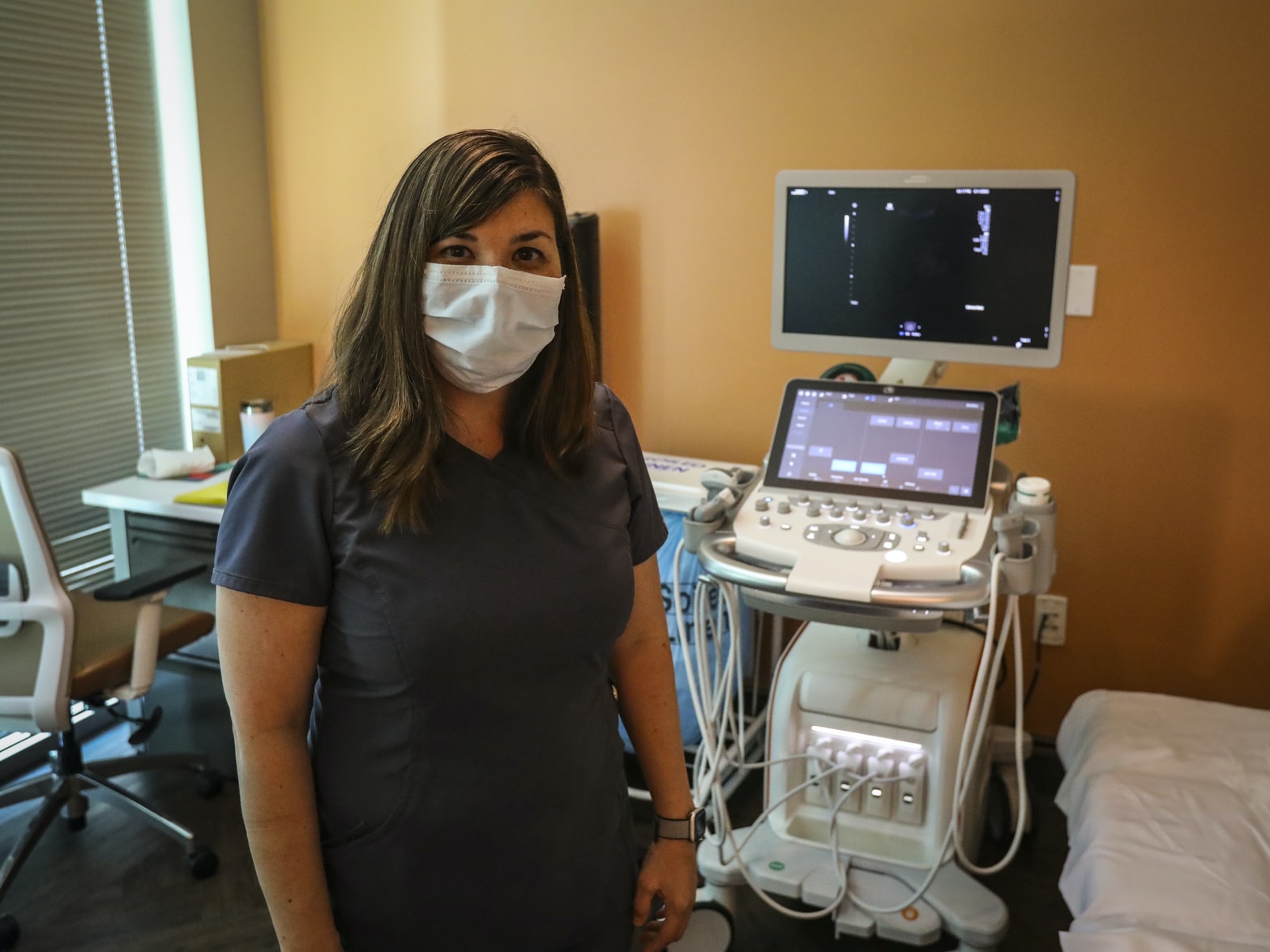
Published 2022-04-19
Keywords
- PoCUS,
- Medical Education,
- Ultrasound,
- Peer teaching
How to Cite
Copyright (c) 2021 McGill Journal of Medicine

This work is licensed under a Creative Commons Attribution-NonCommercial-ShareAlike 4.0 International License.
Abstract
Background: Students usually learn point-of-care ultrasound (PoCUS) on standardized patients, thus lacking opportunities to correlate their ultrasound findings with clinical abnormalities. Sonoist is a student-led initiative aimed at improving ultrasound training with peer-teaching and real patients. We describe here a pilot project of Sonoist, its implementation and evaluation.
Methods: Sonoist was developed by Independent-Practitioner-certified medical students who teach their peers how to scan patients with abnormal clinical findings, then correlating their ultrasound findings with the physical examination. From May 2019 to February 2020, seven sessions were held, with a sessional average of 3 participants and 3 patients scanned. We collected survey data on ultrasound knowledge, participants’ perceived self-improvement, and general comments. Results were grouped by prior ultrasound training (novice n=8, experienced n=12) and year of study (1-4).
Results: 20/23 completed the survey. An increase in ultrasound skill was perceived by 100% of novices and 66.7% of experienced learners. Knowledge about clinical indications for PoCUS improved in 80% of novice and 81% of experienced students; sonographic knowledge improved in 69% of novices and 81.3% of experienced learners. All novices and 91.7% of experienced learners reported that learning ultrasound was useful for correlating with physical exam and clinical diagnosis. All novices and 83% of experienced students preferred peer-to-peer teaching.
Conclusion: Peer-to-peer PoCUS teaching improved medical students’ sonographic and clinical knowledge, and is perceived as useful by students. A combination of early clinical exposure and a less stressful environment from peer teaching may contribute to these results.
Downloads
References
- Acuña J, Rubin M, Hahn B, Das D, Kapoor M, Adhikari S, Greenstein J. Point-of-Care Ultrasound in United States Pediatric Emergency Medicine Fellowship Programs: The Current State of Practice and Training. Pediatr Emerg Care. 2020 Feb 28. doi: 10.1097/PEC.0000000000001955.
- Yu TC, Wilson NC, Singh PP, Lemanu DP, Hawken SJ, Hill AG. Medical students-as-teachers: a systematic review of peer-assisted teaching during medical school. Adv Med Educ Pract. 2011 Jun 23;2:157-72. doi: 10.2147/AMEP.S14383.
- Dornan T, Boshuizen H, King N, Scherpbier A. Experience-based learning: a model linking the processes and outcomes of medical students' workplace learning. Med Educ. 2007 Jan;41(1):84-91. doi: 10.1111/j.1365-2929.2006.02652.x.
- Smith, C.J., Matthias, T., Beam, E. et al. Building a bigger tent in point-of-care ultrasound education: a mixed-methods evaluation of interprofessional, near-peer teaching of internal medicine residents by sonography students. BMC Med Educ 18, 321 (2018). https://doi.org/10.1186/s12909-018-1437-2.
- Allikmets S, Vink JP. The benefits of peer-led teaching in medical education. Adv Med Educ Pract. 2016;7:329–30. doi: 10.2147/AMEP.S107776.
- Dickerson J, Paul K, Vila P, Whiticar R. The role for peer-assisted ultrasound teaching in medical school. Clin Teach. 2017 Jun;14(3):170-174. doi: 10.1111/tct.12541. Epub 2016 Jun 27.
- Koens F, Mann KV, Custers EJ, Ten Cate OT. Analysing the concept of context in medical education. Med Educ. 2005;39:1243–1249. doi: 10.1111/j.1365-2929.2005.02338.x.
- Narula J. Chandrashekhar Y, Braunwald E. Time to add a fifth pillar to bedside physical examination: Inspection, palpation, percussion, auscultation, and insonation. JAMA Cardiol. 2018;3(4):346-350. doi:10.1001/jamacardio.2018.0001.




